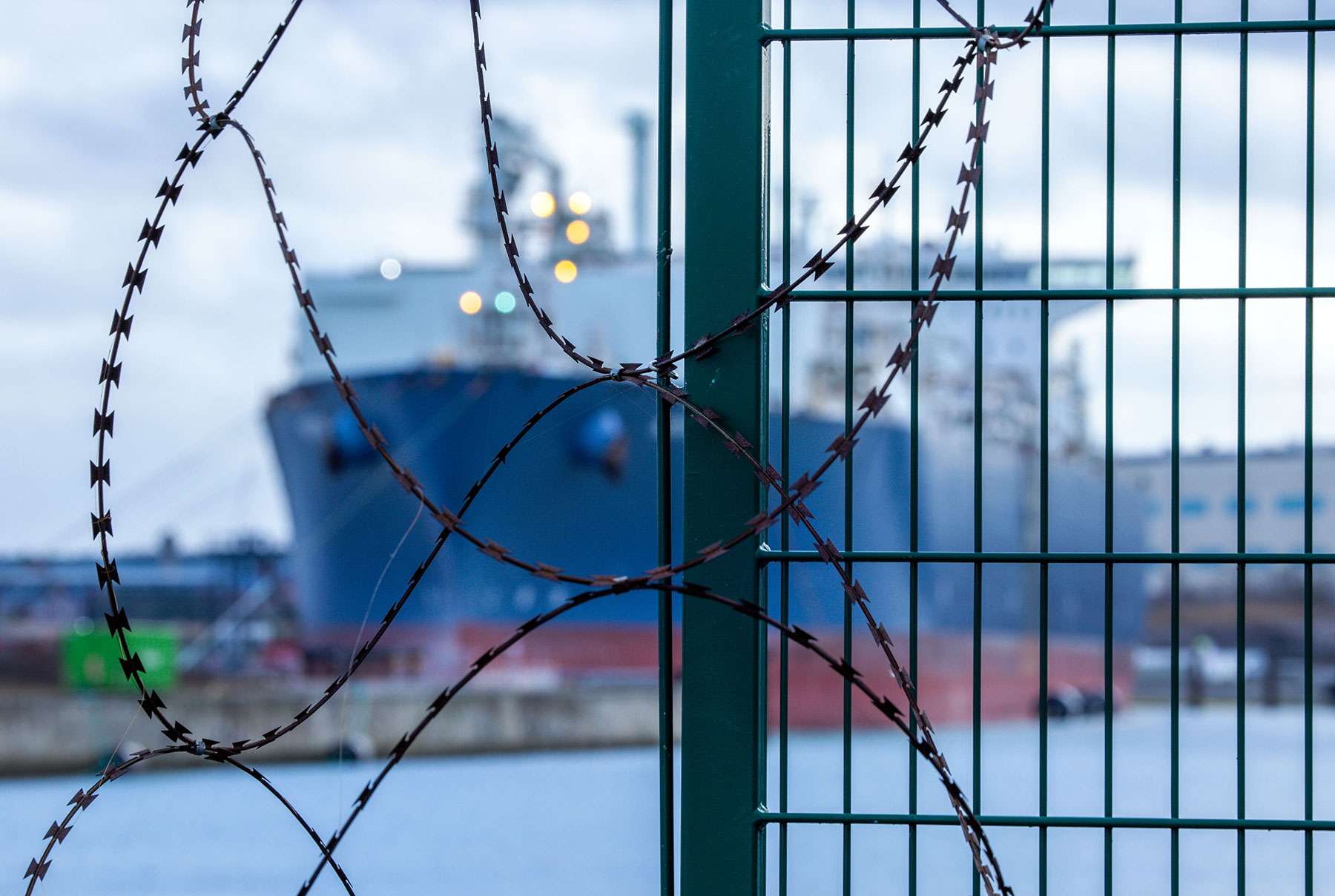It’s become common knowledge that since the start of the Special Military Operation (SVO) in Ukraine, an unprecedented amount of sanctions have been imposed on Russia has long been a well-known truth. Equally obvious is the fact that the United States has led the coalition of countries that initiated the sanctions. However, a deeper understanding of the policy of restrictive measures against Russia requires the study of nuances and details. One such nuance is the role of the US Congress in decision-making on sanctions. Various initiatives of members of congress often make headlines. How fundamental is the role of Congress in the policy of sanctions against Russia? How does it differ from the US legislature’s policy towards other countries? What does this mean for Russia?
Even before the start of the SVO, individual congressmen tried to pass tougher bills against Russia, such as DASKA. The administration considered them redundant, although it consistently applied sanctions under the legal mechanisms of CAATSA and previous executive orders.
Since January 2022, the number of proposed laws on Russia has increased significantly. A number of bills on the Ukrainian conflict could be seen as political signals. They outlined the parameters of possible sanctions in the event of a military scenario. In 2022-2023, at least 60 bills on sanctions against Russia appeared. The vast majority of them were linked to the conflict in Ukraine. Three became laws. One concerned sanctions against importers of Russian gold, the second suspended normal trade relations with Russia, and the third legislated a ban on the import of Russian energy resources.
However, the Biden Administration went much further. Using Executive Orders (especially Executive Order No. 14024) as a legal mechanism, the Biden Administration imposed massive blocking sanctions against Russian individuals, defined bans on investments in Russia, broad export and import restrictions, transport restrictions, a cap on the price of oil and petroleum products, and much more. Active work was carried out to internationalise sanctions, as well as to improve mechanisms to combat the circumvention of restrictions. These measures have not yet been enshrined in law and so far, Congress has not shown excessive zeal. In relations between the Administration and Congress on Russia, there is still a relative consensus. Apparently, the Administration wants to keep a free hand in negotiations with Russia. If the new sanctions are enshrined in law, their lifting will be much more difficult. Their use as a bargaining tool will depreciate. However, in Moscow, apparently, they do not believe in the prospect of any agreements anyway, at least in the near future.
It’s become common knowledge that since the start of the Special Military Operation (SVO) in Ukraine, an unprecedented amount of sanctions have been imposed on Russia has long been a well-known truth. Equally obvious is the fact that the United States has led the coalition of countries that initiated the sanctions. However, a deeper understanding of the policy of restrictive measures against Russia requires the study of nuances and details. One such nuance is the role of the US Congress in decision-making on sanctions. Various initiatives of members of congress often make headlines. How fundamental is the role of Congress in the policy of sanctions against Russia? How does it differ from the US legislature’s policy towards other countries? What does this mean for Russia?
First of all, it should be noted that the role of the US Congress in foreign policy has been growing in the last few decades. The dispute over the interpretation of the foreign policy powers of Congress and the President, enshrined in Articles 1 and 2 of the US Constitution, has not subsided since the establishment of the United States. Back in the 1930s-1940s, the prevailing view was that the President had overwhelming superiority over Congress in decision-making. Yes, the Senate can block the conclusion of an international treaty, the appointment of ambassadors or the allocation of certain budgetary funds. But the president, it was believed, has broadly defined constitutional powers, control over the bureaucracy, unlimited access to expertise, intelligence data, and many other powers. Since the 1970s, however, Congress has gradually expanded its influence. The topic of sanctions has turned out to be one of the convenient reason for pursuing such an expansion. The 1977 International Emergency Economic Powers Act (IEEPA) limited, albeit slightly, the President's ability to use sanctions. Congress has become much more active in demanding accountability for the implementation of restrictive measures. In addition, it actively took up the formation of a regulatory framework, fixing sanctions at the legislative level. The real breakthrough for Congress was the policy of sanctions against Iran. American legislators created a whole "web of laws" that seriously limited the President in lifting restrictions. A similar trend was observed in relation to Russia. Against the backdrop of fears that Donald Trump would soften or even abolish anti-Russian restrictions, Congress legislated Barack Obama's Executive Orders on sanctions against Russia (13660, 13661, 13662, etc.). After the passage of PL 115-44 (CAATSA), their repeal became impossible without the approval of both chambers.
Even before the start of the SVO, individual congressmen tried to pass tougher bills against Russia, such as DASKA. The administration considered them redundant, although it consistently applied sanctions under the legal mechanisms of CAATSA and previous executive orders. In addition, the Trump administration actively and successfully promoted legislation against the Nord Stream 2 international pipeline project.
In general, activity related to Russia on the eve of the SVO was quite high. According to the Russian International Affairs Council, from January 2019 to January 2022, at least 44 bills were introduced that implied sanctions. This number does not include bills implying executive accountability for sanctions. Almost half of the bills (21 out of 44) were related to Nord Stream 2, and two of them became laws. On no other topic did bills become laws, despite their severity. Topics such as the conflict in Donbass or alleged election interference were discussed, but never reached the stage of new legislation. In part, this could be explained by the fact that they were previously addressed in CAATSA.
Since January 2022, the number of proposed laws on Russia has increased significantly. A number of bills on the Ukrainian conflict could be seen as political signals. They outlined the parameters of possible sanctions in the event of a military scenario. In 2022-2023, at least 60 bills on sanctions against Russia appeared. The vast majority of them were linked to the conflict in Ukraine. Three became laws. One concerned sanctions against importers of Russian gold, the second suspended normal trade relations with Russia, and the third legislated a ban on the import of Russian energy resources.
However, the Biden Administration went much further. Using Executive Orders (especially Executive Order No. 14024) as a legal mechanism, the Biden Administration imposed massive blocking sanctions against Russian individuals, defined bans on investments in Russia, broad export and import restrictions, transport restrictions, a cap on the price of oil and petroleum products, and much more. Active work was carried out to internationalise sanctions, as well as to improve mechanisms to combat the circumvention of restrictions. These measures have not yet been enshrined in law and so far, Congress has not shown excessive zeal. In relations between the Administration and Congress on Russia, there is still a relative consensus. Apparently, the Administration wants to keep a free hand in negotiations with Russia. If the new sanctions are enshrined in law, their lifting will be much more difficult. Their use as a bargaining tool will depreciate. However, in Moscow, apparently, they do not believe in the prospect of any agreements anyway, at least in the near future.
The situation with China is different. Between January 2019 and April 2023, there have been more legislative initiatives on sanctions against China than against Russia—103 versus 99 (again, only those bills that propose specific restrictive measures are counted). Four bills have reached the stage of laws—two on Hong Kong and two on ethnic minorities in the PRC. After the start of the SVO, not a single bill regarding China became law. The administration routinely applied sanctions against the Chinese high-tech sector, but they are not comparable to the volume and severity of those imposed on Russia.
With respect to Iran, from January 2019 to April 2023, only 55 bills were proposed. One became law. This is partly due to the fact, that sanctions against Iran are enshrined in many other laws. However, a decline in attention to Iran is clearly evident. Moreover, three bills generally assumed the easing of sanctions or a return to the execution of the “Iranian nuclear deal”. Regarding Russia and China, not a single draft law is provided for the easing of sanctions.
There are many other sanctions bills being discussed in Congress, including such exotic topics as sanctions for violating the rights of sexual minorities or fighting space debris, or more familiar topics such as sanctions against Cuba, North Korea and even US allies. However, China, Russia and Iran remain among the priorities.
For Russia, the key is that the US Administration and Congress as a whole act in concert. So far, Congress does not insist on legislative consolidation of the entire set of sanctions. That does not negate the rhetoric of individual members of Congresss, which is sometimes blatant in its radicalism and Russophobia. Russia remains a convenient resource for them to earn political capital. The fact that the Administration has so far retained considerable leeway in easing or lifting sanctions does not mean that this will happen. The political crisis in relations between Moscow and Washington is so deep that the only realistic scenario for the near future is an escalation of sanctions, Russia's growing separation from the globalised economy, relying on its own forces, and the development of relations with the so-called "world majority".
First published in the Valdai Discussion Club.






